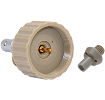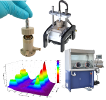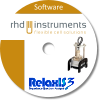Detailed Description
This screw cap type is suitable for the closed measuring cells
TSC 70 Closed and
TSC 1600 Closed as well as the
TSC Surface. We offer caps with various electrode materials press-fitted into PEEK, e.g. glassy carbon (GC). For many systems GC is significantly more inert than e.g. platinum. In addition, the electrode can be easily detached from the cap and exchanged for a different electrode material. Additionally it is also possible to sputter-coat the electrode with another material.
General features of the GC cap are:
- 1 rod of the electrode material pressed in PEEK, 3 mm or 6 mm in diameter and with planar, mirror-like polished front-end
- 2 different dimensions for electrode tips with 6 mm active surface
- 1 tool for fast and easy detachment of the electrode tip (only for electrode tips with 3 mm diameter)
- 2 inlets at the front-end with varying diameter, closed with screw plugs. The inlets are constructed in a way that capillaries with an outer diameter of 360 μm (narrow inlet; suitable for the Gas inlet / filling device) and 1/32'' (wider inlet; suitable for micro-reference electrodes, but also for Li clamp mounting) can be inserted and fixed by means of a squeeze fitting.
On request, we can modify the cap according to your requirements. For instance up to two additional inlets at the front-end are possible.
Available Materials
|
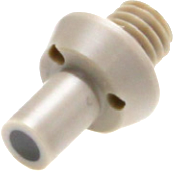 D=3mm, l=12mm |
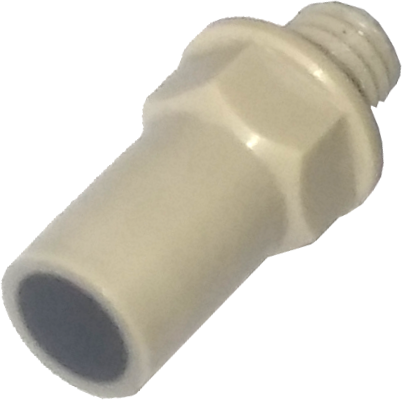 D=6mm, l=15mm |
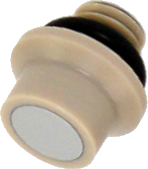 D=6mm, l=6mm |
| Glassy carbon | | | |
| Stainless Steel | | | |
| Platinum | | | |
| Copper | | | |
Cell Compatibility
|
 D=3mm, l=12mm |
 D=6mm, l=15mm |
 D=6mm, l=6mm |
| TSC 70 Closed | | | |
| TSC 1600 Closed | | | |
| TSC Surface | | | |
| TSC Spectro | | | |
The screw caps were used in various different applications, such as
- Temperature-dependent impedance spectroscopy of liquid electrolytes (aqueous electrolytes, ionic liquids, carbonate based battery electrolytes) for determination of their conductivity
- Recording of cyclic voltammograms for determination of the stability window of liquid electrolytes
- Recording of cyclic voltammograms for determination of the HOMO-LUMO gap of organic dyes (amongst others solutions in dichloromethane and acetonitrile)
Please also visit our
Literature section for a list of publications!





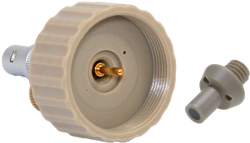
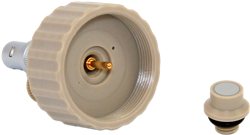


 Add to Request
Add to Request




